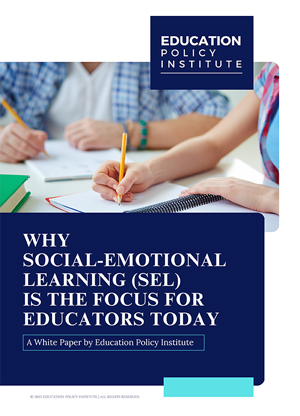The rise of online learning has transformed education by offering new options and tools, while also presenting challenges like disengagement in traditional e-learning. To address these issues, hybrid and blended learning models have emerged, integrating interactive online elements with conventional classroom instruction to create a more engaging educational experience. As learner preferences evolve and technology becomes more central, these models focus on learner-centered strategies, reflecting a growing reliance on digital resources.
Although often used interchangeably, hybrid and blended learning have distinct characteristics. Hybrid learning allows for a flexible mix of in-person and virtual participation, catering to geographically dispersed students. In contrast, blended learning combines face-to-face instruction with online resources in a more integrated manner, enhancing the overall learning experience. Understanding these differences is essential for educational institutions aiming to implement effective models that align with their goals and meet diverse student needs.
Understanding the Hybrid Learning Model
Hybrid learning is a flexible educational model that combines in-person instruction with online participation, enabling some students to attend classes physically while others join remotely. This approach addresses diverse learning needs and preferences, allowing for a more inclusive and adaptable learning environment. Instructors play a key role by delivering real-time lessons to both in-person and virtual students simultaneously, ensuring that all learners can engage with the material and with each other.
To effectively implement hybrid learning, technology is essential, utilizing tools like video conferencing to connect students. Instructors must prepare meticulously, ensuring robust internet connectivity and a suitable tech setup to facilitate smooth communication and interaction. The online components are designed to mimic the engagement of traditional classroom settings, featuring live-streamed classes, recorded lessons, and digital resources that align with in-person activities. This synchronous format fosters a sense of connection for remote students, allowing them to participate actively alongside their peers.
Advantages and Challenges of Hybrid Learning
Hybrid learning has gained popularity as an educational model by integrating in-person instruction with digital learning, benefiting both students and educators. However, it also presents challenges that must be addressed for effective implementation.
Advantages of Hybrid Learning
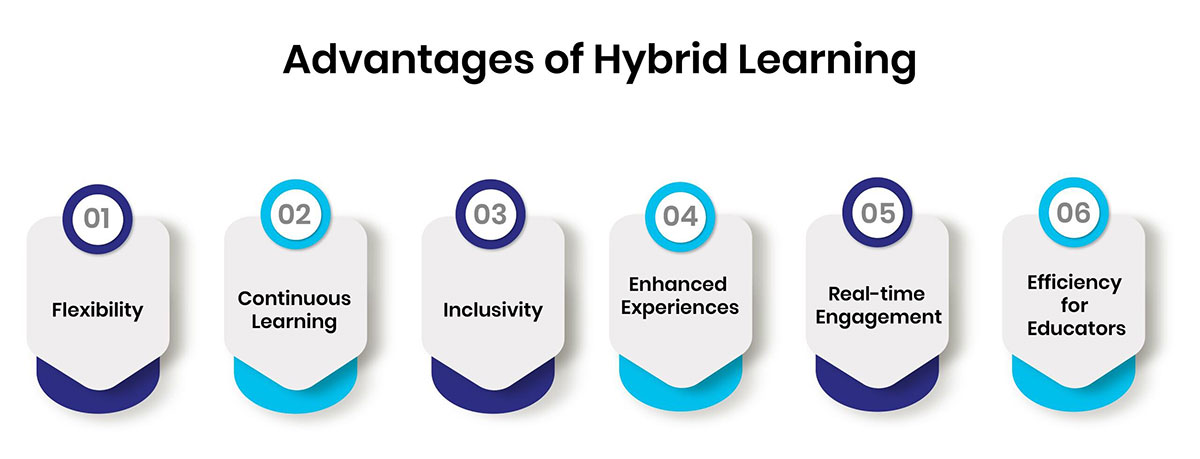
- 1. Flexibility: Students can choose between in-person or online attendance, accommodating busy schedules, personal commitments, and health issues.
- 2. Continuous Learning: Supports uninterrupted education during unexpected disruptions, like bad weather or health crises.
- 3. Inclusivity: Provides equal access for both in-person and virtual learners, fostering a sense of belonging among diverse students.
- 4. Enhanced Experiences: Offers unique opportunities, such as virtual guest speakers and online museum tours.
- 5. Real-time Engagement: Facilitates active interaction with instructors and peers.
- 6. Efficiency for Educators: Automates administrative tasks, like grading online quizzes, saving time for instructors.
Challenges of Hybrid Learning
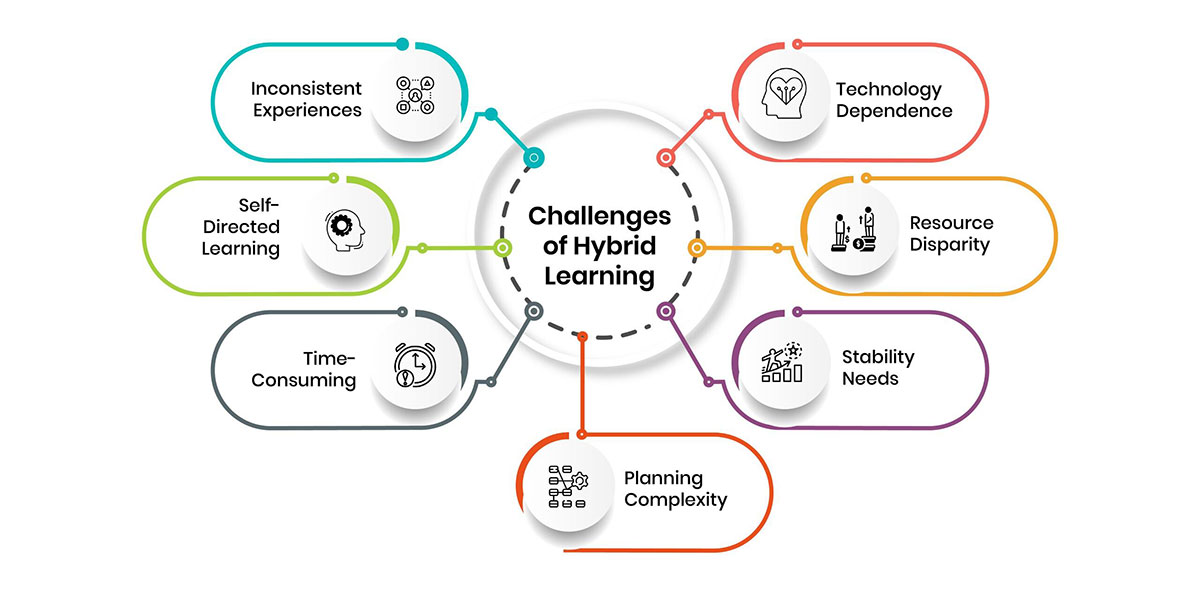
- Technology Dependence: Requires robust technology and reliable internet access.
- Resource Disparity: Not all students have equal access, creating learning disparities.
- Stability Needs: A stable connection is essential for integrating in-person and online participants.
- Planning Complexity: Instructors must coordinate lessons for both in-person and remote learners without compromising quality.
- Time-Consuming: Significant effort is needed to design effective activities and assessments across formats.
- Self-Directed Learning: Students struggling with self-direction may find hybrid learning challenging.
- Inconsistent Experiences: Engagement difficulties can lead to inconsistent learning experiences and affect comprehension.
Understanding the Blended Learning Model
Blended learning is a flexible educational model that combines traditional face-to-face instruction with digital learning elements, allowing students to benefit from both in-person interaction and online resources. While attending in-person classes, learners can also access a variety of online materials—such as videos, quizzes, readings, and interactive exercises—that enhance their classroom experience. This model enables students to engage with content outside of class hours, making in-person sessions more focused on interactive and practical activities like discussions and hands-on training.
A key aspect of blended learning is its support for asynchronous learning, allowing students to progress through online segments at their own pace within a designated timeframe. This approach aligns well with the flipped classroom model, where traditional lectures are replaced by online content, freeing up classroom time for deeper engagement through collaborative projects and problem-solving exercises. By integrating digital and physical experiences, blended learning provides a cohesive and personalized educational journey that caters to the diverse needs of contemporary learners.
Benefits and Challenges of Blended Learning
Blended learning combines online and in-person education, gaining popularity for effectively merging the advantages of traditional and digital learning. While it enhances student engagement and learning outcomes, it also poses challenges that necessitate thoughtful planning and execution.
Benefits of Blended Learning
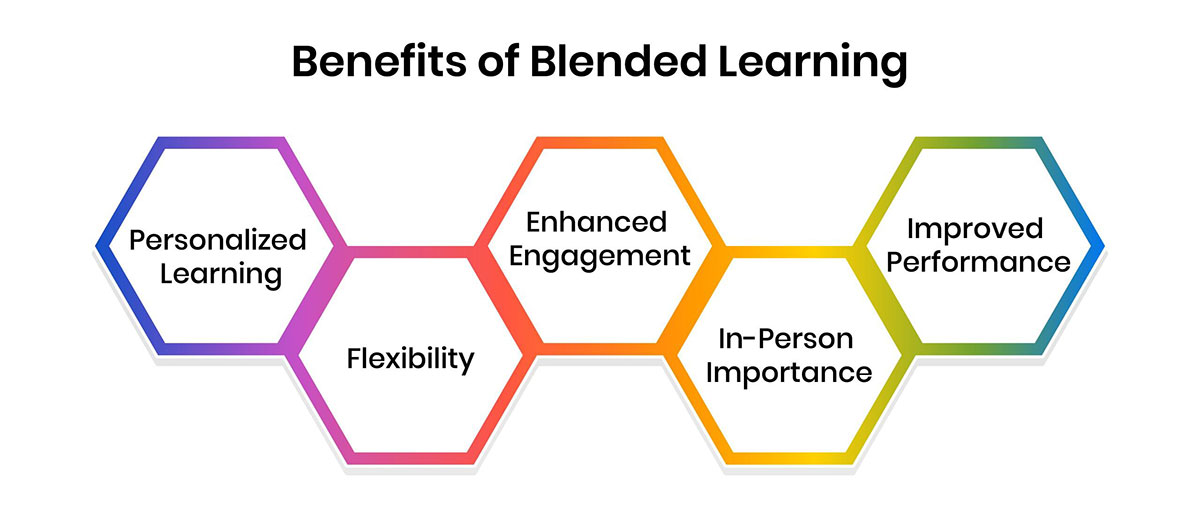
- Personalized Learning: Asynchronous online components allow students to learn at their own pace, accommodating different schedules and needs.
- Flexibility: Beneficial for students balancing multiple commitments.
- Enhanced Engagement: Interactive online elements (videos, quizzes, games) cater to diverse learning styles and keep students engaged.
- In-Person Importance: Face-to-face interactions, hands-on training, and feedback remain crucial.
- Improved Performance: Research shows blended learning can boost student performance by using online content for foundational material, allowing in-class time for discussions and collaborative activities.
Challenges of Blended Learning
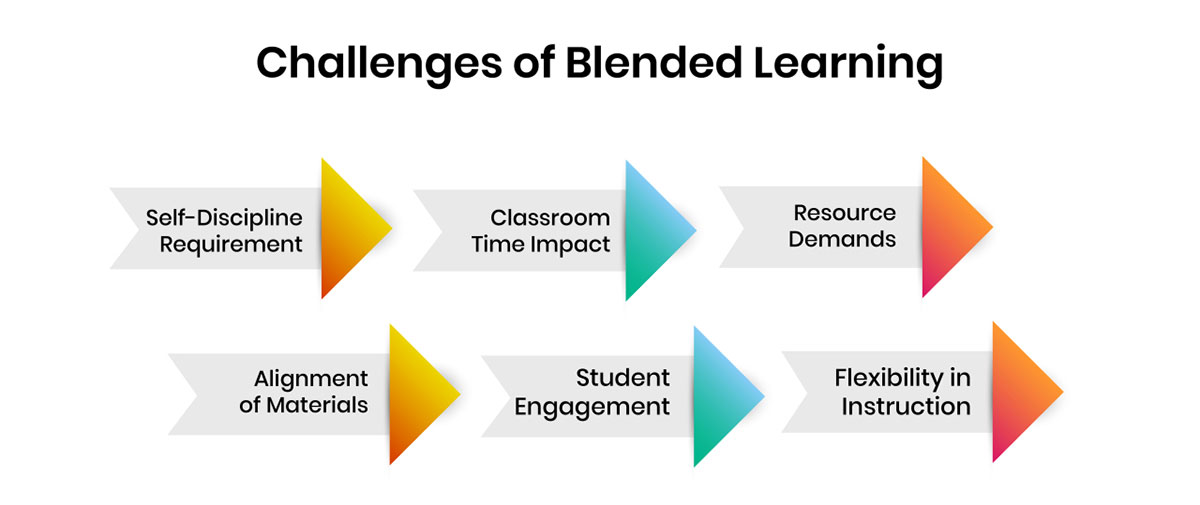
- Self-Discipline Requirement: Students must be self-disciplined for self-paced online segments, which can lead to inconsistent preparedness.
- Classroom Time Impact: Instructors may need to revisit online materials during in-person classes, reducing time for other learning activities.
- Resource Demands: Implementing blended learning requires significant investment in time and effort to develop quality online content and maintain a learning management system.
- Alignment of Materials: It's essential to ensure digital materials align with in-person lessons for a cohesive learning experience.
- Student Engagement: Securing student buy-in for online components is crucial to fostering continuity in learning.
- Flexibility in Instruction: Blended learning allows for flexibility, with different instructors managing online and in-person components separately.
7 Core Distinctions Between Hybrid and Blended Learning
This overview outlines the key contrasts between hybrid learning and blended learning.
- 1. Engagement Approach: Hybrid learning allows learners to participate either in-person or remotely, while blended learning requires face-to-face attendance with added online activities.
- 2. Adaptability: Hybrid learning offers extensive adaptability, catering to varying schedules and geographical locations. Blended learning provides moderate adaptability, allowing students to manage the timing and pace of their online components.
- 3. Role of Technology: In hybrid learning, digital tools are critical for connecting in-person and virtual participants. Blended learning, however, uses technology primarily to enhance the classroom experience.
- 4. Learning Context: The hybrid model often separates the experiences of remote and on-site learners. Blended learning, on the other hand, integrates digital and in-class experiences into a cohesive learning process.
- 5. Purpose: The aim of hybrid learning is to ensure equitable access to education, regardless of location. Blended learning, by contrast, focuses on enriching the learning process by combining digital resources with in-person teaching.
- 6. Student Autonomy: Hybrid learning provides flexibility in choosing where to study and some control over pace. Blended learning offers greater control over the pace and timing of studies, along with some flexibility in how students engage with the material.
- 7. Origins: Hybrid learning often emerges out of necessity, such as during unforeseen disruptions like school closures. Blended learning, on the other hand, is typically a deliberate approach aimed at boosting learning outcomes through digital integration.
Choosing Between Hybrid and Blended Learning
Choosing between hybrid and blended learning methods hinges on key factors such as course objectives, student needs, and available institutional resources. Each approach offers distinct advantages suited to various learning environments, emphasizing the importance of evaluating specific requirements before selecting the most appropriate method.
When to opt for Hybrid Learning
Hybrid learning effectively combines in-person and virtual participation, making it ideal for institutions or training programs that accommodate diverse learners unable to attend in person due to geographic or scheduling constraints. This approach facilitates real-time interaction between remote and on-site students, enhancing engagement with instructors. It expands class availability, allowing students to participate fully, even in situations like unexpected closures or the need to reach remote learners, without compromising synchronous interaction. Hybrid learning prioritizes inclusivity and accessibility, making it a valuable model in formal education and structured programs.
When Blended Learning Works Best
Blended learning combines digital resources with traditional classroom experiences, offering a mix of self-paced online study and face-to-face engagement. This model is particularly effective for courses that require hands-on training, allowing instructors to dedicate class time to interactive activities while utilizing online content to reinforce lessons outside the classroom. It suits situations where students can attend in-person but also benefit from flexible access to online materials, making it ideal for professional development, micro-learning modules, and skill-building courses. This approach caters to learners who thrive on a blend of digital interactivity and in-person guidance.
Conclusion
Both hybrid and blended learning represent innovative approaches that respond to the evolving landscape of education. By understanding their unique characteristics and advantages, educators and institutions can make informed decisions about which model best fits their objectives and the diverse needs of their learners. As technology continues to shape educational experiences, these models not only enhance accessibility and engagement but also foster a more personalized and effective learning environment. Ultimately, selecting the right approach can empower students, enrich their educational journeys, and prepare them for success in an increasingly digital world.





